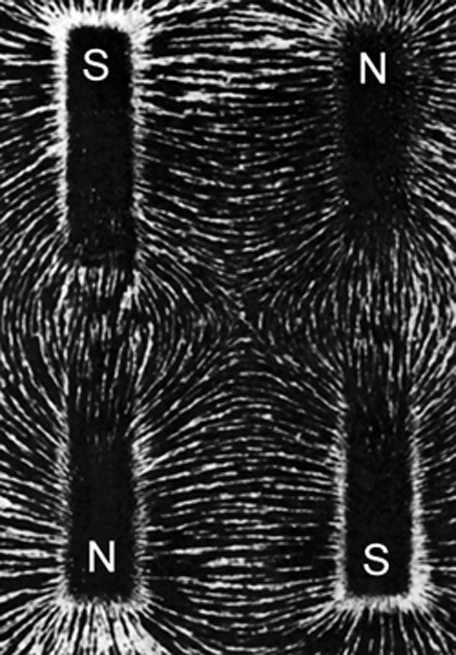






 his website aims to explain MR imaging, a technology which is based upon magnetism and electricity. To comprehend the theory and practice of MR imaging, its applications and its pitfalls, one has to understand the fundamentals of magnetism and electricity. Thus, at the beginning, we will review and remind you of some of them.
his website aims to explain MR imaging, a technology which is based upon magnetism and electricity. To comprehend the theory and practice of MR imaging, its applications and its pitfalls, one has to understand the fundamentals of magnetism and electricity. Thus, at the beginning, we will review and remind you of some of them.
The word magnetism is derived from Magnesia, a town in the Western part of Asia Minor, close to the Turkish city of Izmir. According to Pliny the Elder, the shepherd Magnes was walking in the mountains at around 1000 BC and was drawn to the earth by the tacks in his sandals. When he investigated the cause he discovered that lodestone, a magnetic oxide of iron, was responsible for this attraction. He also could magnetize metal by rubbing lodestone on it.
This happened 3000 years ago and it has taken all this time to try to explain the phenomenon. Still today, magnetism has a touch of witchcraft about it because it is created by something which is not directly visible (Figure 01-01).

Figure 01-01:
No snow, no ice … still north poles and south poles …
Making magnetic field lines visible: iron filings sprinkled on a pane of glass resting on two bar magnets are oriented by lines of force marking their directions and locations. They are concentrated at the ends of the magnet where the field is most intense.
(N = magnetic north pole; S = magnetic south pole).
The earth's magnetic field, at the equator, is approximately 0.5 G or 0.00005 T. The field of an electric can opener is approximately 0.2 G and of a computer monitor 0.1 G (both at 30 cm distance). Most clinical MR imaging machines operate between 5000 and 15000 G or 0.5 and 1.5 T, some lower, e.g., at 0.3 T, some higher, e.g., at 3.0 T. At low fields one finds permanent magnets, at medium and high fields the equipment is resistive or superconducting, both of them different kinds of electromagnets.
For physicists, magnetic field strength is measured in ampere per meter (A/m), whereas the magnetic flux density is measured in Gauss (G), the ancient unit, or Tesla (T), the modern SI unit. 1 T equals 10 kG or 10,000 G. Often the unit Tesla is loosely used for magnetic field strength, as we do here too. Table 01-01 gives an overview of the units.

Table 01-01:
Fundamental magnetic terms and units.